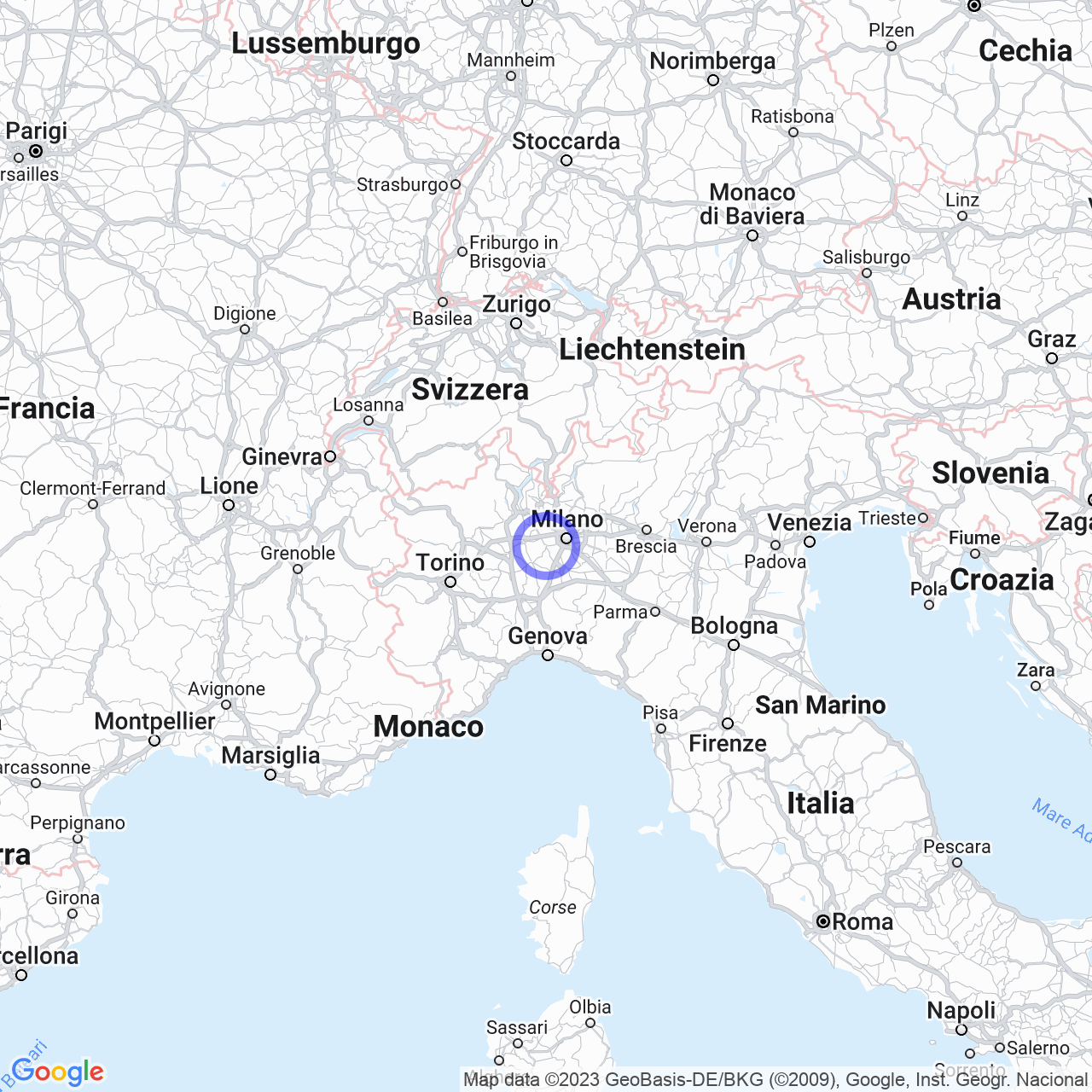Abbiategrasso
Hello everyone! Today I will talk to you about Abbiategrasso, a municipality in Lombardy located about 29 km southwest of Milan's Duomo. With a population of 32,681 inhabitants, Abbiategrasso is the municipality with the largest area in the metropolitan city after the capital.
Physical geography
The territory of Abbiategrasso is entirely included in the Lombard natural park of the Ticino Valley. The village rises along the edge of the steep slope formed by the Ticino Valley and along the "line of the springheads", which divides the Upper Po Valley from the Lower Po Valley. The territory of Abbiategrasso reaches the banks of the Ticino and is crossed by the Navigli in the area of the Castelletto Mendosio fraction, from where the Naviglio Grande separates to form the Naviglio di Bereguardo.
Climate
The climate of Abbiategrasso is typical of the northern Italian plains, with cold winters and summers that suffer from high temperatures. Rainfall is mainly concentrated in autumn and spring.

Origin of the name
The name Abbiategrasso has a deep root in the Celtic and Latin languages. The root of the name could derive from Celtic "Abia" ("water") + "atis" (toponymic ending), so the translation would be "Place of water". During the Roman domination, the latinization of the populations present in the territory of Abbiategrasso led to the tribe of Gauls who were settled there, and who took the name of "Gens Abia" or "Avia". The Italianized name then became "Abbiate" and "Grassus" due to the position of the village on the "fertile valley". Later, the two names were amalgamated and Italianized in the current name of Abbiategrasso.
History
From the origins to the Middle Ages
The area of Abbiategrasso was inhabited since the Bronze Age by Ligurian, Celtic, or Celtic-Ligurian tribes such as the Insubrians, followed from the IV century BC by the Cenomani Gauls. In the Middle Ages, Abbiategrasso became an important center for the production of linen and wool fabrics, as well as a strategic point on the Via Francigena.
Renaissance and Modern period
During the Renaissance, Abbiategrasso was under the domination of the Visconti and then of the Sforza. In the sixteenth century, the town came under Spanish control and underwent an urban downsizing. In the eighteenth century, the town passed under Austrian control and experienced a period of urban and economic development.
XIX and XX centuries
In the nineteenth century, Abbiategrasso was involved in the Revolution of 1848 and the unification of Italy. During World War I, the town was at the center of the Austrian offensive and suffered serious damage. During World War II, Abbiategrasso was the scene of clashes between partisans and Germans and suffered further damage. After the war, the town experienced industrial development and the creation of new infrastructures.
Monuments and places of interest
Visconteo Castle
Visconteo Castle is the most important monument in Abbiategrasso and was built in the fourteenth century by the Visconti family. Used as a fortified residence, the castle underwent numerous modifications over the centuries. Today it houses the Civic Museum.
Santa Maria Nuova Church
Santa Maria Nuova Church was built in the fifteenth century and houses important works of art such as the altarpiece by Bernardino Luini.
San Pietro Church
San Pietro Church, built in the fourth century AD on an ancient pagan temple, underwent numerous modifications over the centuries.
Villa Marazza
Villa Marazza is a sixteenth-century Renaissance villa that houses the Scenographic Museum of the Teatro alla Scala.
Local cuisine
The cuisine of Abbiategrasso is characterized by dishes based on rice, such as risotto alla Milanese and risotto with figs. Other local dishes include tortelli alla monzese and bollito misto. In addition, Abbiategrasso is famous for the production of buckwheat bread.
I hope you enjoyed this overview of Abbiategrasso! I invite you to visit this city which, with its history and monuments, certainly deserves a visit.
